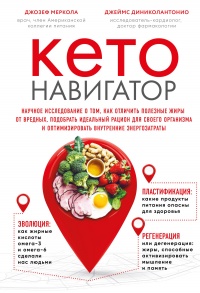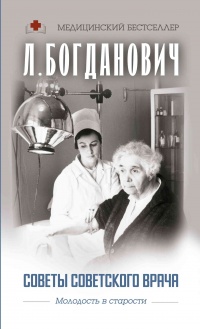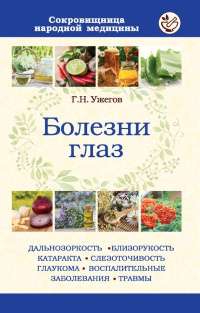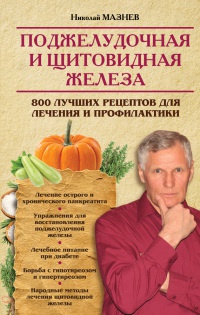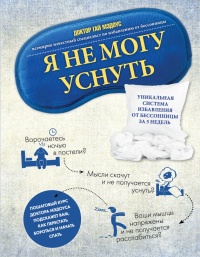Книга Код долголетия. 12 понятных и доступных способов сохранить здоровье, ясность ума и привлекательность на долгие годы - Джейсон Фанг
На нашем литературном портале можно бесплатно читать книгу Код долголетия. 12 понятных и доступных способов сохранить здоровье, ясность ума и привлекательность на долгие годы - Джейсон Фанг полная версия. Жанр: Книги / Медицина. Онлайн библиотека дает возможность прочитать весь текст произведения на мобильном телефоне или десктопе даже без регистрации и СМС подтверждения на нашем сайте онлайн книг knizki.com.
Шрифт:
-
+
Интервал:
-
+
Закладка:
Сделать
Перейти на страницу:
Перейти на страницу:
Внимание!
Сайт сохраняет куки вашего браузера. Вы сможете в любой момент сделать закладку и продолжить прочтение книги «Код долголетия. 12 понятных и доступных способов сохранить здоровье, ясность ума и привлекательность на долгие годы - Джейсон Фанг», после закрытия браузера.
Книги схожие с книгой «Код долголетия. 12 понятных и доступных способов сохранить здоровье, ясность ума и привлекательность на долгие годы - Джейсон Фанг» от автора - Джеймс ДиНиколантонио, Джейсон Фанг:
Комментарии и отзывы (0) к книге "Код долголетия. 12 понятных и доступных способов сохранить здоровье, ясность ума и привлекательность на долгие годы - Джейсон Фанг"




















